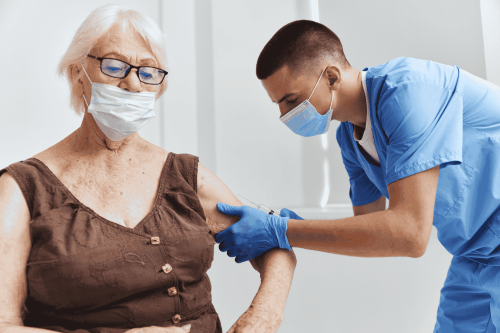Hearing loss caused by loud noise exposure is one of the most common work-related illnesses in the United States. About 22 million U.S. workers are exposed to dangerously loud noise each year.
Who is at risk?
Noise levels over 85 decibels can be damaging to anyone’s ears.
According to the Centers for Disease Control and Prevention (CDC), your level of risk is influenced by several factors:
Noise level – as noise level increases, the risk also increases
Duration of exposure – the longer the noise lasts, the more hazardous it becomes
Impulsiveness – noises that have very abrupt starts and stops (such as hammering, gunfire, or fireworks) are more dangerous than constant noise of the same overall level
Intermittency – periods of relative quiet between exposures allow the ear to “rest” and reduce the risk
Ototoxic chemicals can also affect hearing. Workplace chemicals that pose a threat to hearing include: Organic solvents – e.g., toluene, styrene, xylene, ethylbenzene, trichloroethylene
Heavy metals – e.g., mercury, lead, trimethyltin
Asphyxiants – e.g., carbon monoxide, hydrogen cyanide
Endocrine disrupters – e.g., Aroclor 1254, Acrylonitrile
Protection
The National Institute for Occupational Safety and Health (NIOSH) recommends noise control and also encourages employers to create Buy Quiet programs as a first step.
Employees are also encouraged to use hearing protectors in dangerous noise exposure cases.
For more information, visit the latest CDC feature here.



